Saturday we sailed in high winds and 12- to 15-foot seas past the Small Isles (yes, that’s what Muck, Canna, and Eigg are called) to Rum, population 30, to visit Kinloch Castle, sort of the Hearst mansion of the Hebrides. Built in 1897 by a crazy industrialist named Sir George Bullough, this wildly extravagant turreted estate is open for a quirky tour once a day only in summer. On Saturday the tour was scheduled for 2pm.
Having arrived around noon and not really knowing what to do with ourselves, we walked along the heavily forested coastal road to the community hall-slash-general store where Lewis, who is 9-years-old, sat on a tall stool behind the counter watching over such items as canned chocolate sponge pudding, Scrumpy Jack English cider, and, on the top shelf, three bottles of whisky. On the counter next to Lewis was something called an anti-midge hood, which looked a lot like a beekeeper’s bonnet. Thinking I might give it to Graham, I asked how much it was.
“You don’t want that,” said Lewis in his little boy voice.
“Why not?” I asked.
He shrugged. “Doesn’t work. Midgies just fly right through it.”
Thinking that, at the very least, it would make a nice souvenir, I told Lewis I’d take it anyway.
He refused to sell it to me. “Wouldn’t do to sell you something that doesn’t work,” he said.
Since he wouldn’t sell me the midgie hood, I went next door to the community hall which also serves as a sort of ersatz café. Lewis followed me in and stood silently at my table holding a pad of paper at his side. Evidently he’d switched hats from general store clerk to waiter.
When I asked him what was on the menu today, he said, “Tea and Scottish pancakes.”
“What else?” I asked him.
He shrugged. “Tea and Scottish pancakes,” he repeated.
“Well, everything sounds good, Lewis, but I think I’ll just have the tea and Scottish pancakes.”
He slowly wrote the order down in very large letters on a pad of green paper.
While waiting for my tea, I took a stroll around the community center/cafe, stopping before a bulletin board which had a chart detailing every islander’s role for the week.
Bar staff: Fliss, Niall, Sean, Ed
Boat duty: Leslie, Karl
Butchering, mincing: Derek, Gordon
Store, café: Lewis, Rhys, Porta.
So I guess Saturday was Lewis’ day to work. Made me wonder if I’d come on Sunday if Rhys or Porta would have sold me the midgie bonnet.



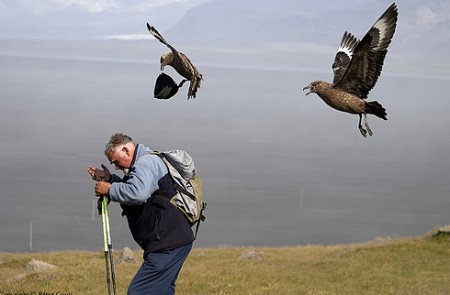


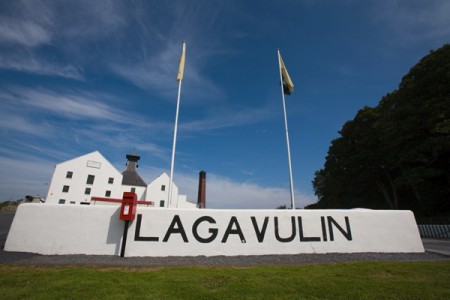
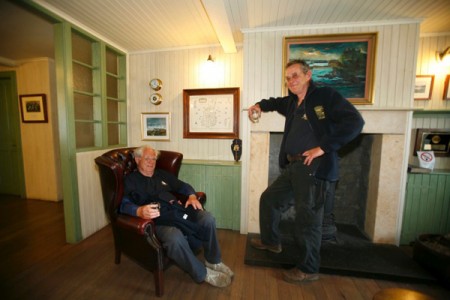
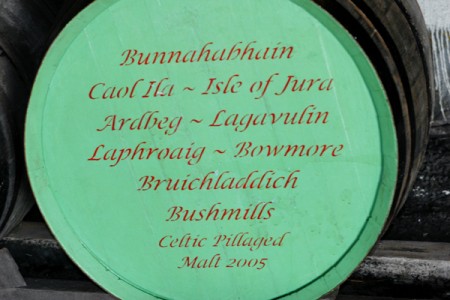
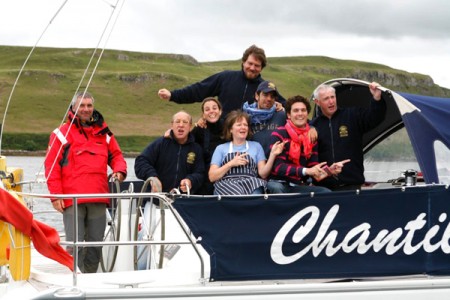
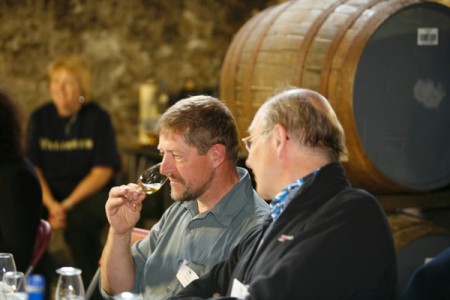
Recent Comments